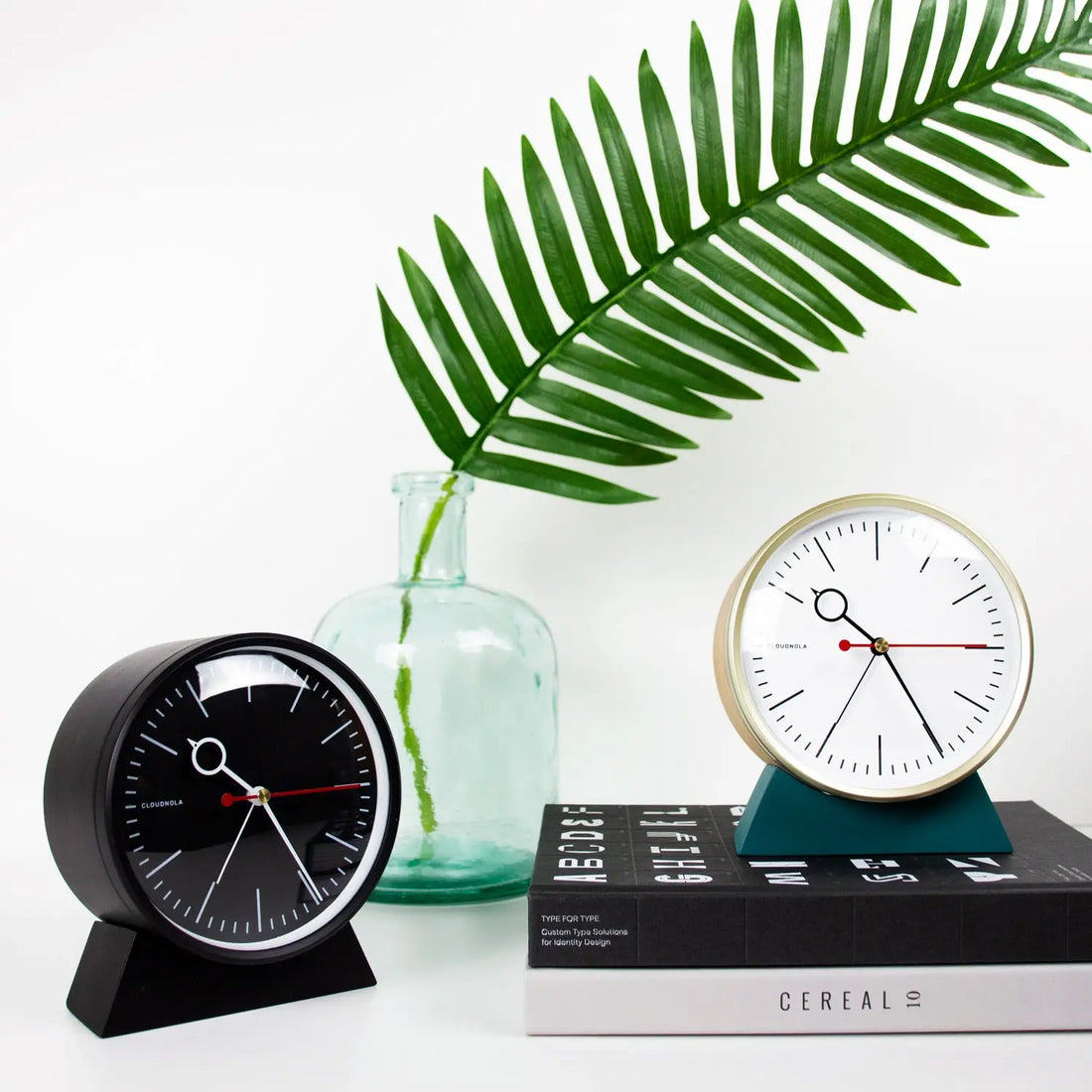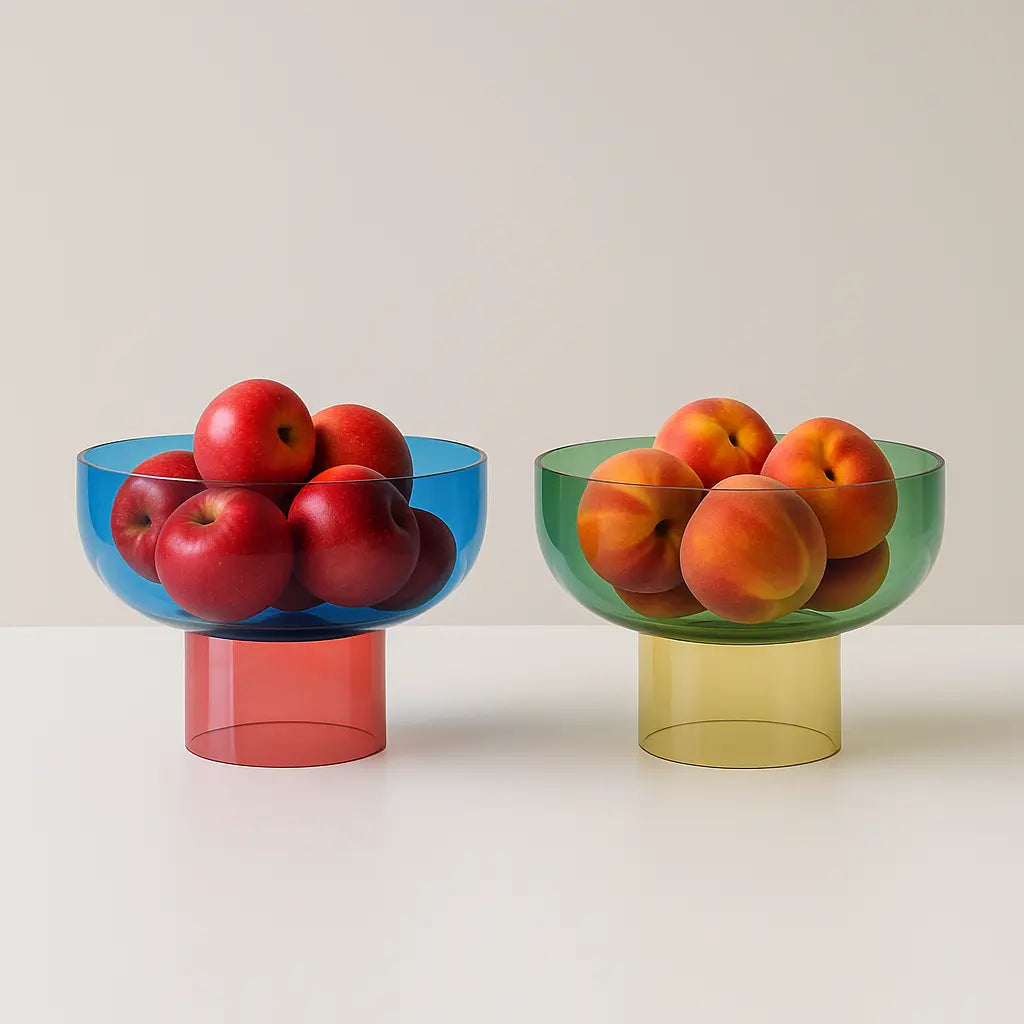The Art and Design of Clocks: Aesthetic Beauty and Functionality
Share
Clocks are not just tools for timekeeping; they are also works of art. The design and aesthetics of a clock can enhance its beauty and functionality, making it a timeless piece that can be appreciated for generations.
Throughout history, clocks have been designed in a wide variety of styles and materials. From ornate gold and silver clocks to minimalist designs made of wood or glass, clocks can reflect the era and culture in which they were created.
In the 18th and 19th centuries, clockmaking was a highly regarded art form, and clocks were often made by skilled craftsmen who would spend months or even years creating a single piece. These clocks were often highly ornate and featured intricate designs, engravings, and embellishments.
In the 20th century, clock design shifted towards a more minimalist and functional aesthetic. Modernist designers like Charles and Ray Eames and George Nelson created clocks with clean lines and simple shapes that emphasized functionality over ornamentation.
Today, clock design continues to evolve, with designers and manufacturers creating clocks that are both beautiful and functional. Some clock designers take inspiration from nature, while others use geometric shapes and patterns to create unique and visually striking timepieces.
One of the most iconic clock designs is the Swiss railway clock, which was designed by Hans Hilfiker in 1944. This clock features a simple white face with black hour markers and a red second hand, and it is known for its clean, minimalist design and high accuracy.
Another notable clock design is the ball clock, which was created by George Nelson in 1949. This clock features a series of brightly colored wooden balls that rotate around a central axis, creating a playful and whimsical design that is both functional and visually striking.
In conclusion, the art and design of clocks is a fascinating aspect of clockmaking that has evolved over time. From highly ornate and intricate designs to simple and minimalist styles, clock design reflects the culture and aesthetics of its era. Today, clock designers continue to create timepieces that are both beautiful and functional, adding to the rich history and legacy of clockmaking.


